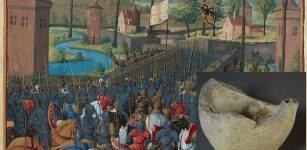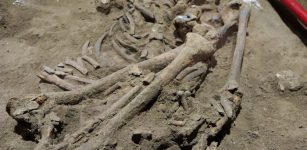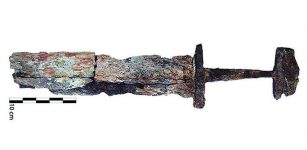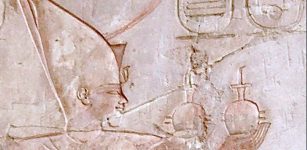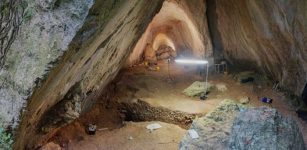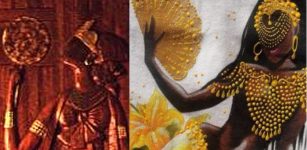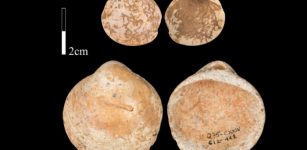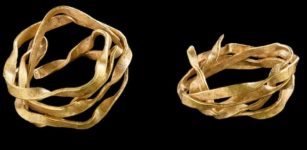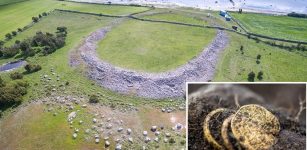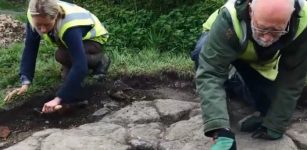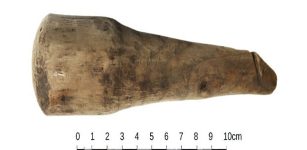Third-Century Sculpture Of Roman Emperor Aurelian Unearthed In Bulgaria
AncientPages.com - The head of a statue dated to the 3rd century AD and believed to depict Roman Emperor Aurelian (250 – 275 AD) have been discovered at the site of Ulpia Oescus in northern Bulgaria, reports Archaeology in Bulgaria.
Ulpia Oescus was a colony of Ancient Rome and one of the most important cities of the Roman Empire in today’s Bulgaria and Emperor Aurelian is known to have visited the area of Ulpia Oescus. It was during Aurelian’s reign that the Roman Empire’s Legio V Macedonica (“Macedonian Fifth Legion") returned to Ulpia Oescus and remained permanently stationed there.
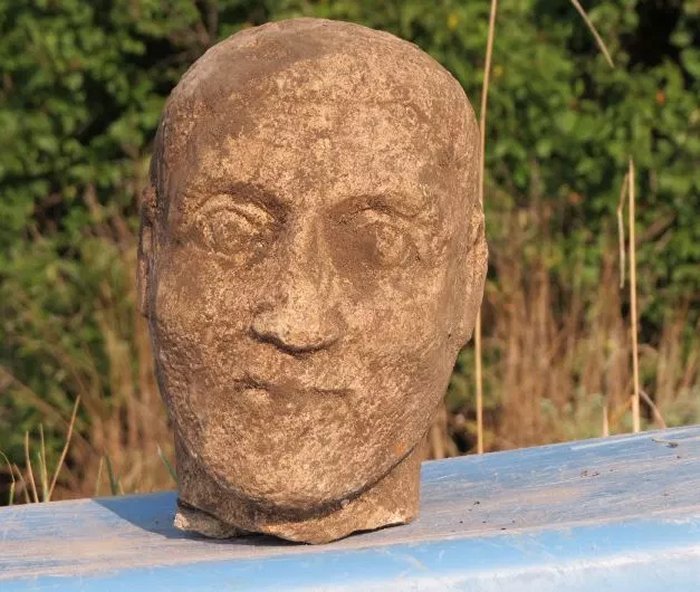
The statue head from the 3rd century AD believed to depict Roman Emperor Aurelian shortly after its discovery. Photo: achaeologist Gergana Kabakchieva, via BNR
“This is an extremely valuable find from the Roman city of Ulpia Oescus," lead archaeologist Assoc. Prof. Gergana Kabakchieva from the National Institute and Museum of Archaeology in Sofia has told BNR.
“[Ancient Roman] statues and especially heads of statues are found very rarely. In the Antiquity, they thought that removing the head of a statue stripped off its energy. We have found the more precious part – the head," she says.
“The hairstyle, the depicting of the chin, the way the eyes are depicted all speak of the fact that this statue is from the 3rd century AD, the period of the so called barracks emperors, or soldier emperors in the Roman Empire (235 – 284 AD)."
The archaeologists explained that “based on the size of the head, we can assume that the statue it came from was slightly smaller than life-size, probably about 1.5 meters (5 feet) tall."'
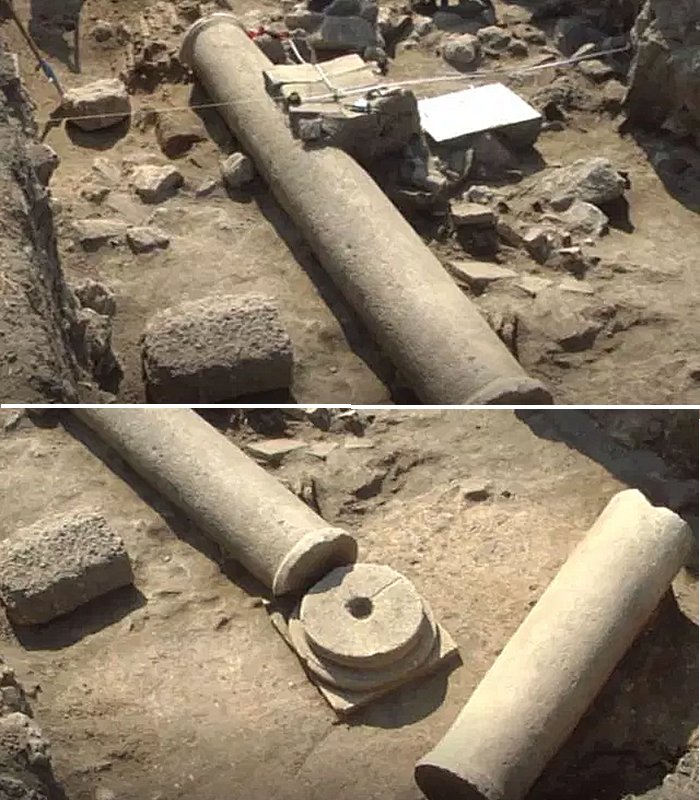
The archaeological team has also discovered a marble colonnade and additional structures indicating that the central residence, the main building of Ulpia Oescus, was much larger than expected. Photo: TV grab from Bulgaria on Air TV
The ancient city of Ulpia Oescus (today the Ulpia Oescus Archaeological Preserve) was one of only three Roman cities in today’s Bulgaria to enjoy the status of a colony of Rome (the other two being Ratiaria and Deultum), and had around 100,000 inhabitants at its height.
Located just 5 kilometers (3 miles) away from the Danube River, Ulpia Oescue was the starting point of Roman Emperor Constantine’s Bridge on the Danube connecting it with Sucidava (near today’s Corabia in Romania) in the 4th century AD – the largest river bridge in Antiquity times.
The newly discovered head from an Ancient Roman statue is made of marbleized limestone.
According to Kabakchieva, the artifact represents the work of a sculptor from a local atelier in Ulpia Oescus that most back to the reign of Roman Emperor Nero (r. 54 – 68 AD), that is, the middle of the 1st century AD.
“After the destruction of Oescus and the abandonment of this building [presently under excavation] somebody attempted to re-use this pretty statue for stone construction. As a result, the ears of the head were damaged. Yet, the head apparently appeared to be too bumpy, didn’t fit with the rest of the building blocks, and was left in this pit [where we found it]," Kabakchieva added.
The archaeological team has also discovered a marble colonnade and additional structures indicating that the central residence, the main building of Ulpia Oescus, was much larger than expected.
AncientPages.com



